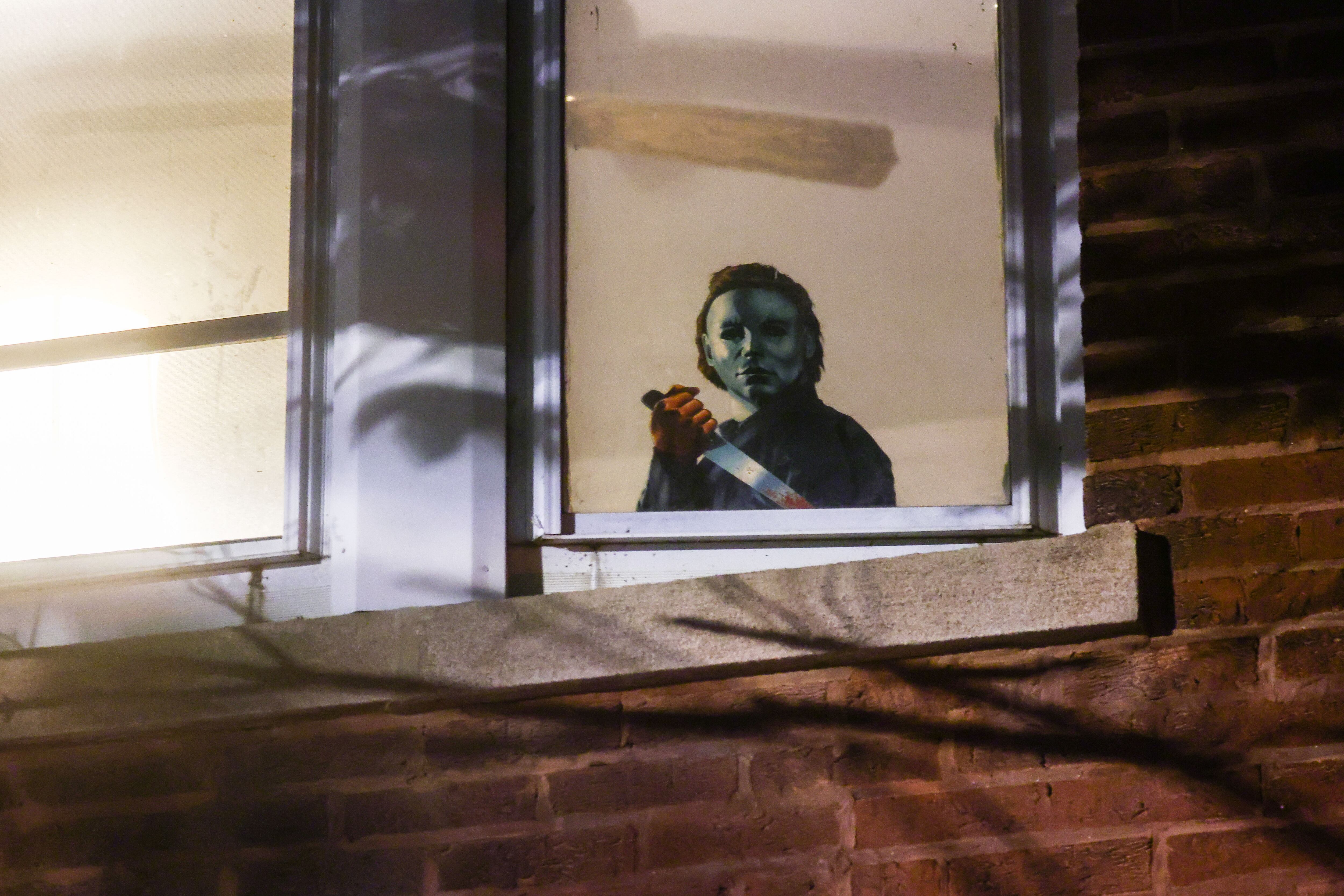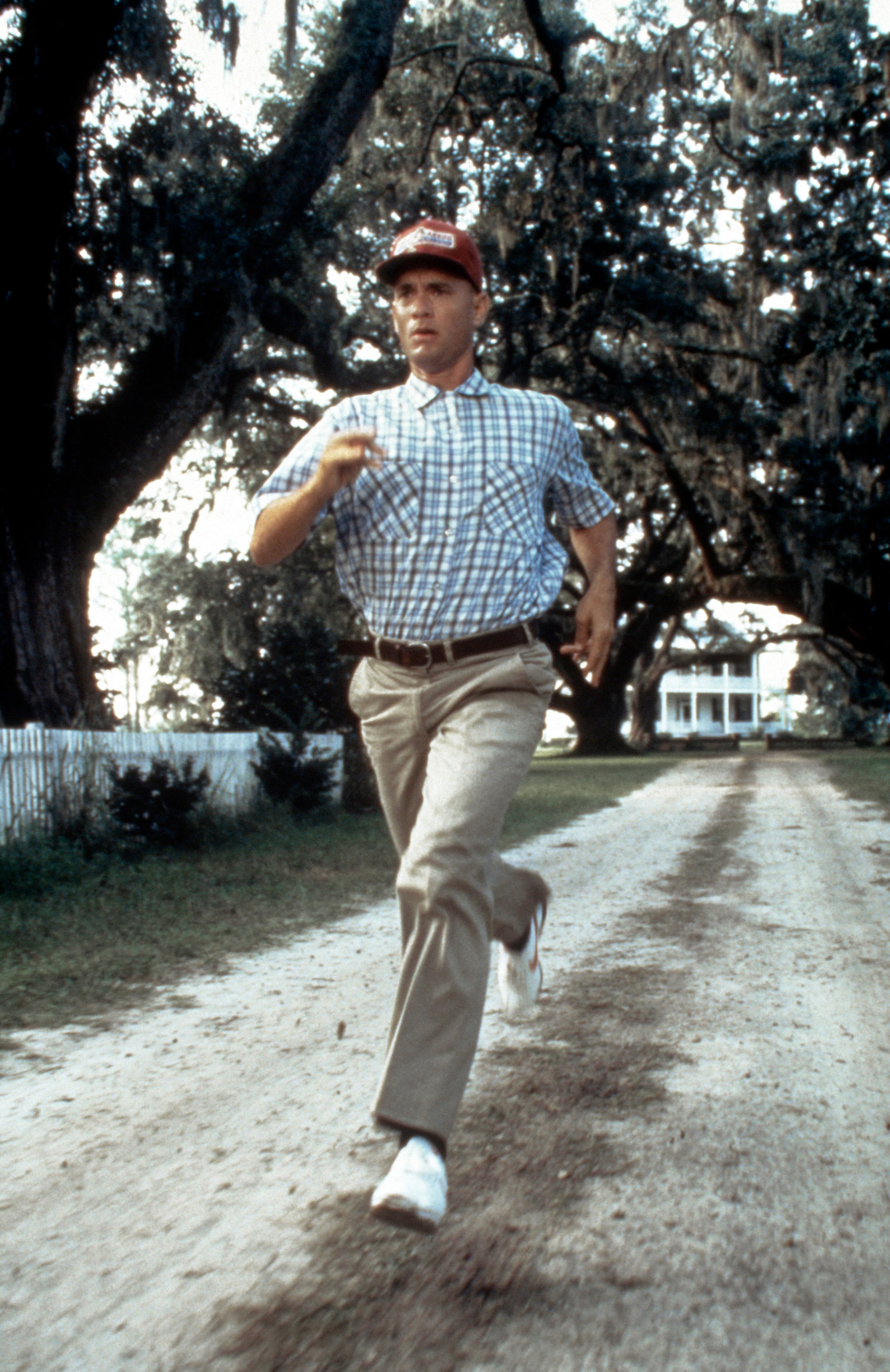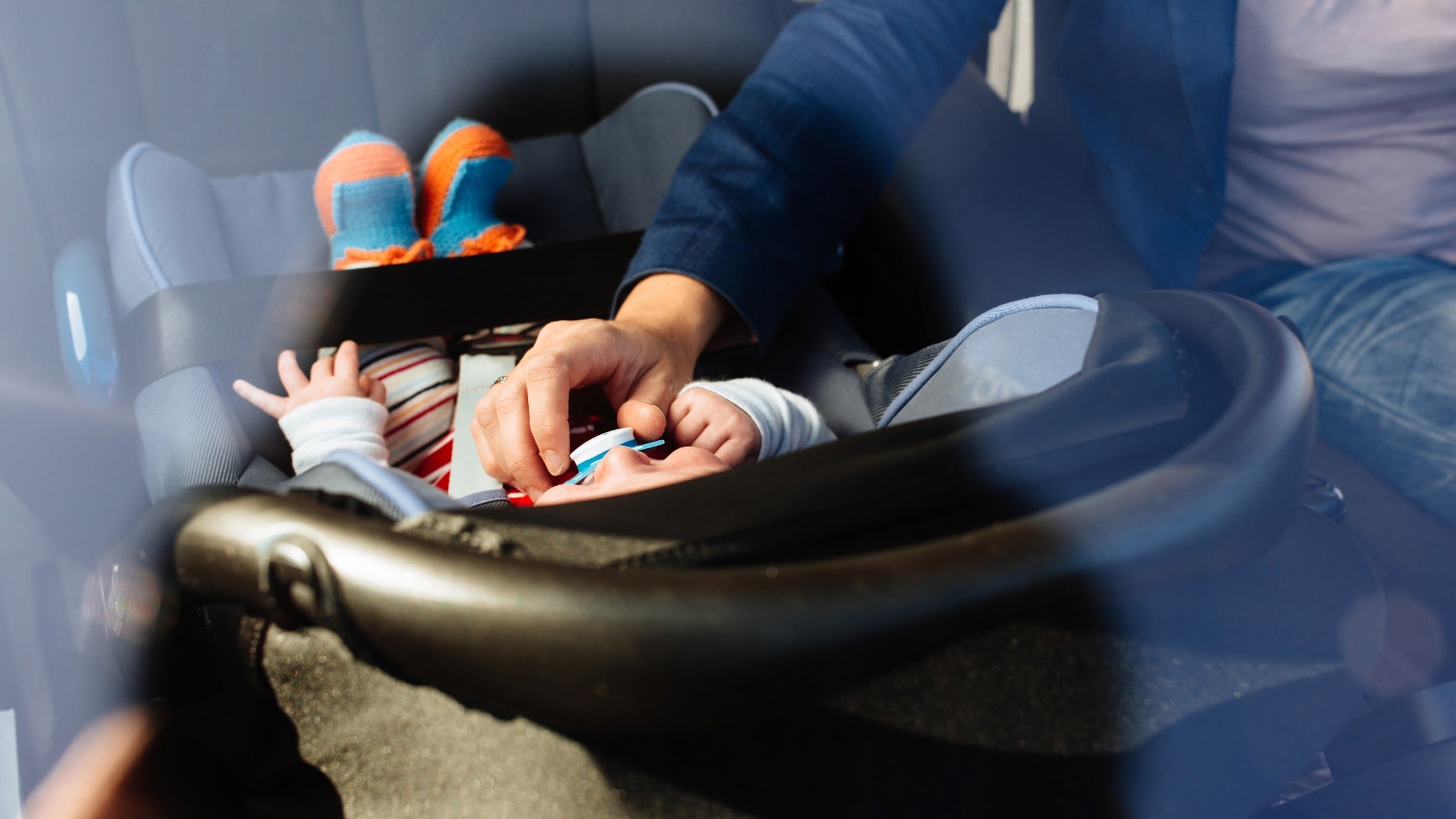By Stefanie Dazio, Brian Melley, and David Koenig
Federal safety officials have blamed the helicopter crash that killed Kobe Bryant and eight others on board last year on the pilot’s poor decision to fly into clouds where he became disoriented and plunged into a Southern California hillside.
The National Transportation Safety Board on Tuesday said the crash happened amid thick fog in the hills of the San Fernando Valley north of Los Angeles. The poor visibility probably led pilot Ara Zobayan to become disoriented and misperceive the angles at which he was descending and banking, the agency said.
Investigators said they believed Zobayan experienced a spatial disorientation known as “the leans,” which occurs in the inner ear and causes pilots to believe they are flying aircraft straight and level when they are in fact banking.
THIS IS A BREAKING NEWS UPDATE. AP's earlier story is below:
The helicopter pilot who crashed into a Southern California hillside last year, killing Kobe Bryant and seven other passengers, went against his training and violated flight rules by flying into thick clouds, U.S. safety officials said Tuesday during a hearing aimed at pinpointing probable causes of the crash.
Pilot Ara Zobayan likely became so disoriented that he could not discern up from down, investigators for the National Transportation Safety Board concluded.
The agency criticized Zobayan’s decision to fly into the clouds, saying he violated federal standards that required him to be able to see where he was going before the helicopter crashed during a roughly 40-minute flight. Zobayan was among the nine people killed, including Bryant's 13-year-old daughter, Gianna.
The pilot went against his training by becoming spatially disoriented in thick clouds, a condition that can happen to pilots in low visibility, when they cannot tell up from down or discern which way an aircraft is banking, board members said.
Just before the Jan. 26, 2020 crash, Zobayan told flight controllers he was climbing in the helicopter and had nearly broken through the clouds.
But NTSB investigators said that the Sikorsky S-76 helicopter was in fact banking and beginning to descend at increasing magnitude, investigators said.
They also said that Zobayan did not file a backup flight plan and chose not to land at a nearby local airport to wait out the bad weather.
There was 184 aircraft crashes between 2010-2019 involving spatial disorientation, including 20 fatal helicopter crashes, the NTSB said.
NTSB member Michael Graham said Zobayan ignored his training and added that that as long as helicopter pilots continue flying into clouds without relying on instruments, which requires a high level of training, “a certain percentage aren’t going to come out alive.”
“What part of cloud, when you’re on a visual flight rules program, do pilots not understand?” added NTSB Vice Chairman Bruce Landsberg.
Tuesday's federal hearing focused on the long-awaited probable cause or causes of the tragedy that unleashed worldwide grief for the retired basketball star, launched several lawsuits and prompted state and federal legislation.
Bryant, Gianna and six other passengers were flying from Orange County to a youth basketball tournament at his Mamba Sports Academy in Ventura County on Jan. 26, 2020, when the helicopter encountered thick fog in the San Fernando Valley north of Los Angeles.
There was no sign of mechanical failure and the crash was believed to be an accident, the National Transportation Safety Board said previously. The helicopter did not have so-called “black box” recording devices, which were not required.
The board during its hearing that is likely to make nonbinding recommendations to prevent future crashes.
The NTSB is an independent federal agency that investigates transportation-related crashes but has no enforcement powers.
It submits suggestions to agencies like the Federal Aviation Administration or the Coast Guard, which have repeatedly rejected some board safety recommendations after other disasters.
Over the past year, experts have speculated that the crash could lead to requiring Terrain Awareness and Warning Systems, devices that signal when aircraft are in danger of crashing, on helicopters.
The helicopter that Bryant was flying in did not have the system, which the NTSB has recommended as mandatory for helicopters. The FAA requires it only for air ambulances.
However, NTSB investigator-in-charge Bill English said Tuesday that the system would likely not have been helpful in the scenario in which Bryant's helicopter crashed.
The hilly terrain, combined with the pilot’s spatial disorientation in the clouds, would have been “a confusing factor," English said.
“The pilot doesn’t know which way is up,” English said.
Federal investigators said Zobayan, an experienced pilot who often flew Bryant, may have “misperceived” the angles at which he was descending and banking, which can occur when pilots become disoriented in low visibility.
Investigators on Tuesday also faulted Zobayan for banking to the left instead of ascending straight up while trying to climb out of the bad weather.
The others killed in the crash were Orange Coast College baseball coach John Altobelli, his wife, Keri, and their daughter Alyssa; Christina Mauser, who helped Bryant coach his daughter’s basketball team; and Sarah Chester and her daughter Payton. Alyssa and Payton were Gianna’s teammates.
The crash has generated lawsuits and countersuits.
On the day that a massive memorial service was held at the Staples Center, where Bryant played most of his career, Vanessa Bryant sued Zobayan and the companies that owned and operated the helicopter for alleged negligence and the wrongful deaths of her husband and daughter. Families of other victims sued the helicopter companies but not the pilot.
Vanessa Bryant said Island Express Helicopters Inc., which operated the aircraft, and its owner, Island Express Holding Corp., did not properly train or supervise Zobayan. She said the pilot was careless and negligent to fly in fog and should have aborted the flight.
Zobayan’s brother, Berge Zobayan, has said Kobe Bryant knew the risks of flying in a helicopter and that his survivors aren’t entitled to damages from the pilot’s estate. Island Express Helicopters Inc. denied responsibility and said the crash was “an act of God” that it could not control.
The company also countersued two FAA air traffic controllers, saying the crash was caused by their “series of erroneous acts and/or omissions.”
Vanessa Bryant also sued the Los Angeles County Sheriff’s Department, accusing deputies of sharing unauthorized photos of the crash site. California now has a state law prohibiting such conduct.
___
Koenig reported from Dallas. Associated Press writer Tom Krisher in Detroit contributed.
Updated on February 9, 2021, at 1:34 p.m. ET with the latest details.













